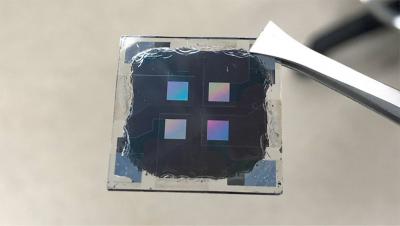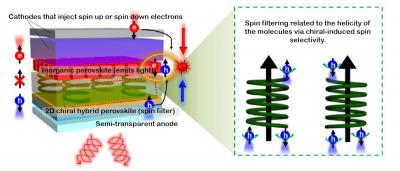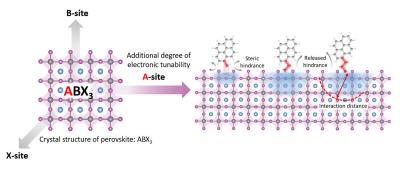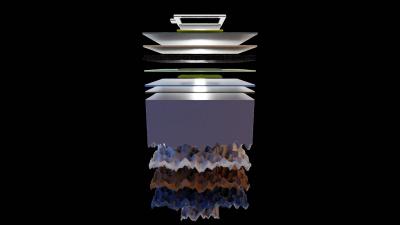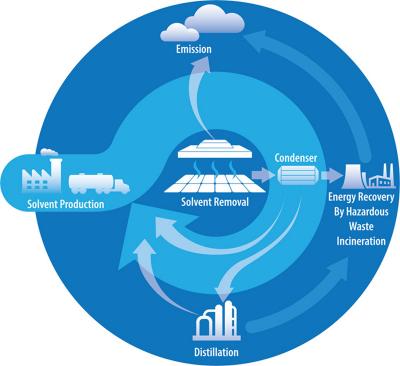DoE awards $14 million to form a new center to promote perovskite photovoltaics
The Department of Energy recently awarded $14 million to form a center, led by Sandia National Laboratories, to improve the understanding of perovskite-based photovoltaic technologies and determine the best tests to evaluate the new solar panels' lifetimes.
Perovskite-based photovoltaic technologies still have several challenges to overcome before they can compete against conventional solar panels. The Perovskite Photovoltaic Accelerator for Commercializing Technologies Center aims to offer solutions to these challenges.
